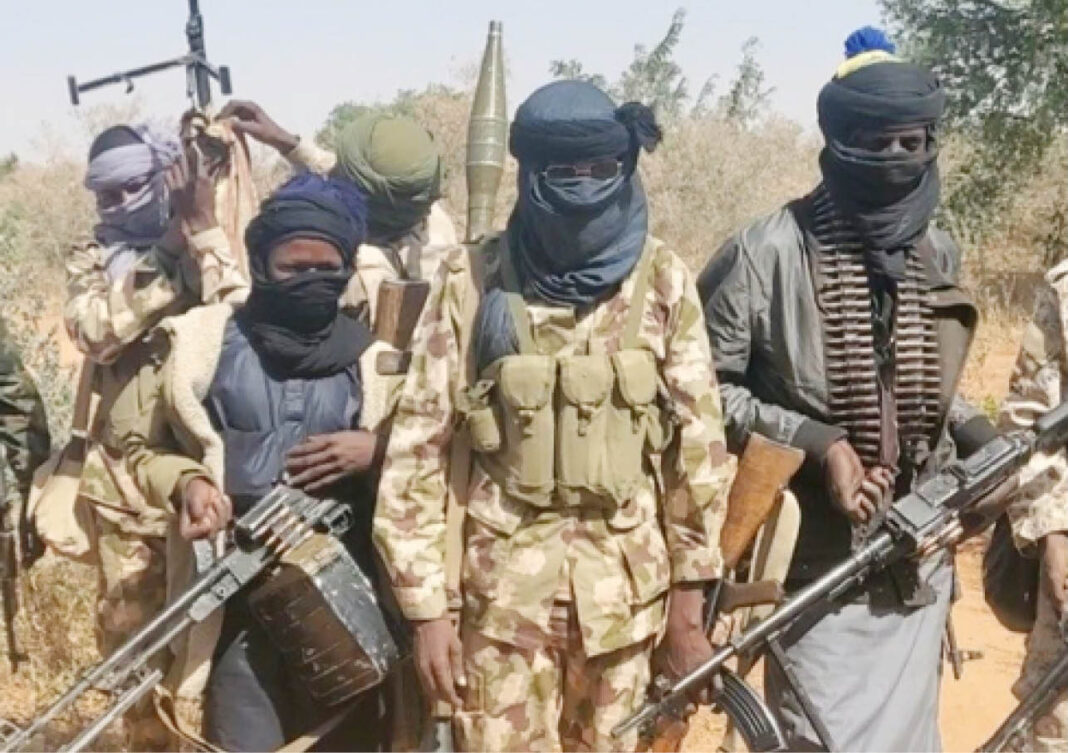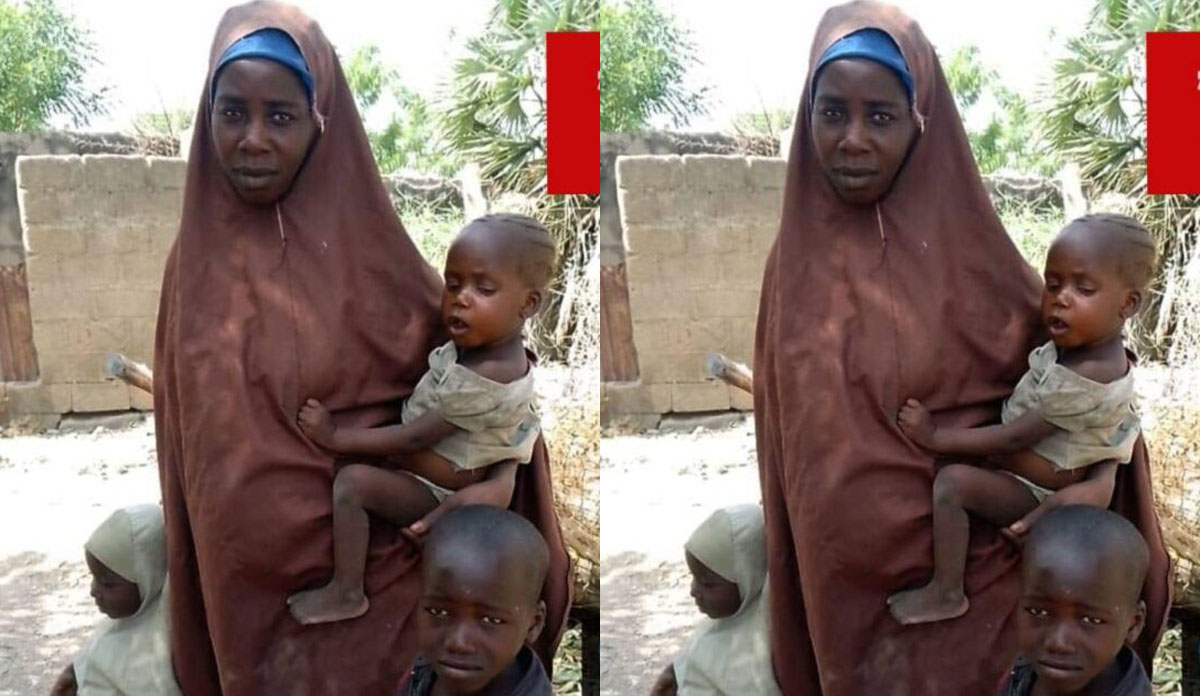Court fixes May 9 for Agunloye’s ₦1bn suit against EFCC
metro
Pele on Nigeria: ‘Achieving ceasefire in Biafran War my proudest moment’

The beautiful game not just changed Pele’s life but one around him as well as at one point his club Santos was in demand to play teams in Europe.
Apart from the goals and the artistry on the field, there was much more to the legend of Pele. For a boy who initially wanted to be a pilot, only for an accident to ruin it, football became Pele’s world when he saw his father cry after Brazil lost the final to Uruguay in the 1950 World Cup at the Maracana. From being part of a video game to stop a war in Nigeria to being called a National Treasure, there are a lot of factors that contributed to the legend of Pele.
The boy who wanted to fly a plane
Pelé, first went to an airport to sell peanuts as a very young boy from an impoverished home. But young Edson’s dream, seen barefoot and from dirt roads, was to fly for he loved everything at Bauru’s aerodrome — planes, gliders and pilots who take off from airfields.
A glider’s accident and death jolts Edson in 1940s, as he and his group of friends go looking for the wreckage and then the mortuary in the southeast of Brazil. From a window, they watched the autopsy and the dripping blood from a severed arm put him off his pilot dreams forever.
READ ALSO:
- 2023: PDP elders sweat over G5’s ‘deal’ with APC
- Lawan: Buhari to sign 2023 budget next Tuesday
- Suspected pedophile arrested over minor sexual defilement in Lagos
Compelled by circumstances to start out on a shoeshine kit, he hunkers down to bring in money. Ironically he plays shoeless when kicking about a make-do football in the streets. They can’t afford both. Dreams of football aren’t cheap.
Pelé was the ‘I’ in the Edson bulb
His mother Celeste came from a town called Três Corações, in the Minas Gerais state in the ’30s and ’40s. Like most of interior Brazil, they had no electricity, and lots of football clubs. It’s where she met his father Joao, known as Dondinho, who played for the local club while doing his military service. They married and her first child was born around the time electricity came to Três Corações.
The baby was named after Thomas Edison. He was officially nicknamed Dico, but his real name was Edson Arantes do Nascimiento. At school, he pronounced the name of the local club Vasco da Gama goalkeeper, Bile as Pile so, a classmate started calling him Pele. The man himself thought it was like babbling and didn’t like the name.
Besides the King, in Brazil he was often called “Pérola Negra” which meant Black Pearl. “I was really proud that I was named after Thomas Edison and wanted to be called Edson. I thought Pelé sounded horrible. It was a rubbish name. Edson sounded so much more serious and important,” he once told The Guardian.
When Edson decided to form a football club with his friends, they had neither gear nor shoes. But in a pre-TV world, they had football stickers, like trading cards of famous players and their trivia. Pooling stickers into complete sets they decided to swap those for some gear.
The other ingenious scheme was to whisk away peanuts out of freight trains and sell them outside stadiums, airports and theatres. The first gear came from sacks of these stolen munchies.
The ball came from the sticker stash. When a reasonably well-off parent of three playing brothers offered to buy them shoes for the Mayor’s trophy, they changed their name to Amériquinha. The nickname-that-shall-not-be-uttered resounded through the stadium as Pelé won the tournament as the top scorer. A star was born. Pelé didn’t sound all that awful after all.
The other teen of 1958 vintage
José Altafinini’s likeness got cast in ‘Pele: Birth of a legend’, as the antagonist of Italian descent — the brash bully who tormented Pele. In fact, both came from humble backgrounds and the rivalry was garden-variety inter-club friction. But Altafini ‘Mazolla’ offered a counterpoint, an alter ego, a spark for Pele to shine bright, with both becoming Brazil’s youngest debutants at the 1958 World Cup. Two years older to Pele, young Altafini, grew up in poverty, 200 km away from Bauru in Piricica, the son of a worker and a maid.
Vanguard
metro
Court fixes May 9 for Agunloye’s ₦1bn suit against EFCC

Justice Emeka Nwite fixed the date after EFCC’s lawyer, Abba Mohammed, sought an adjournment to enable him to regularise his processes before the court.
metro
2 top bandit kingpins, 12 others killed in supremacy battle

2 top bandit kingpins, 12 others killed in supremacy battle
Two prominent bandit kingpins, Kachala Gwande and Kachallah Madagwal as well as 12 other fighters have been killed after a confrontation erupted at Kaurar Zomo village in the Kunchin Kalgo district of Tsafe local government area of Zamfara State.
The deadly fight involved three rival bandit groups operating in the area.
Intelligence sources told Zagazola Makama, a counter-insurgency expert and security analyst in Lake Chad, that Alhaji Tsauni’s group, Kachallah Jafaru’s group, and Kachallah Gwandu’s group, clashed in a fierce gun battle, on Wednesday, April 17, 2024, at approximately 15:45 hours, resulting in the reported deaths of over 10 bandits from the three factions.
READ ALSO:
- APC: Ganduje secures Federal High Court order stopping suspension
- JUST IN: APC petitions National Judicial Council over Kano judgement on Ganduje
- Israel halts plan to carry out retaliatory strike on Iran
Jafaru, a notorious bandit kingpin known to operate from Faskari LGA in Katsina state, descended upon Kaurar Zomo village, which serves as Tsauni’s stronghold, under undisclosed circumstances that led to the violent confrontation.
Jafaru’s fighters were said to have overpowered and naturalised Gwande and his fighters.
The fight, however, escalated to other enclaves shortly after the news of Gwande’s death broke, resulting in another heavy gun battle with Kachallah Madagwal’s group, who was neutralised in the aftermath of the shootout.
Zagazola understands that several bandits who sustained severe gunshot wounds were promptly evacuated to Munhaye Health Facility for urgent medical attention.
2 top bandit kingpins, 12 others killed in supremacy battle
metro
Troops rescue another Chibok girl with three children in Borno

Troops rescue another Chibok girl with three children in Borno
Lydia Simon, another abducted Chibok schoolgirl, was rescued by troops from Operation Desert Sanity III, part of the North-East Operation Hadin Kai (OPHK), on Wednesday.
She was rescued along with her three children by the troops of the 82 Division Task Force Battalion in Gwoza LGA of Borno State on Wednesday, April 17, 2024, exactly ten years after she was kidnapped by Boko Haram terrorists alongside over 200 schoolgirls from Government Secondary School, Chibok, Borno State, on April 14, 2014.
Intelligence sources, according to Zagazola Makama, a Counter Insurgency Expert and Security Analyst in the Lake Chad region, revealed that Lydia, who was tagged serial number 68 among the abducted schoolgirls, escaped from the camp of Ali Ngulde in Mandara Mountain where she was held in captivity for several years.
READ ALSO:
- Pandemonium at a busy bus stop as cultists gun down revenue collector
- Yahaya Bello: EFCC warns against obstruction of operations
- Police nab man for allegedly killing his wife in Adamawa
She surrendered to troops of 82 Division Task Force Battalion at Ngoshe in Gwoza LGA of the State. The rescued Chibok girl was five months pregnant and claimed she was from Pemi Town in Chibok LGA.
April 14, 2024, marks the 10th anniversary of the violent abduction of 276 girls from Government Secondary School, Chibok, Borno State, by Boko Haram insurgents.
While 57 of the girls escaped from their captors in the following days, 16 were later rescued and 107 had at different times been released through negotiations.
The Federal and Borno State Governments, including the Nigerian Army, have pledged their commitment toward rescuing the rest of the abducted schoolgirls that were still held in captivity by the terrorists.
Troops rescue another Chibok girl with three children in Borno
-

 Sports7 days ago
Sports7 days agoKane’s three children involved in car crash, hospitalised
-

 News5 days ago
News5 days agoFG gives update on where fleeing Binance executive is hiding
-

 Entertainment6 days ago
Entertainment6 days agoTolani Baj expresses love for Bobrisky
-

 metro5 days ago
metro5 days agoTroops neutralise 188 terrorists, rescue 133 hostages in assault operations
-

 metro5 days ago
metro5 days agoViral video: Edo CP orders trial of officer threatening people with gun
-

 News4 days ago
News4 days agoNLC, TUC jointly propose N615,000 new minimum wage
-

 News6 days ago
News6 days agoNew electricity tariff may drop if naira rebounds further – Adelabu
-

 metro6 days ago
metro6 days agoBreaking: Bobrisky sentenced to six months imprisonment without option of fine






















